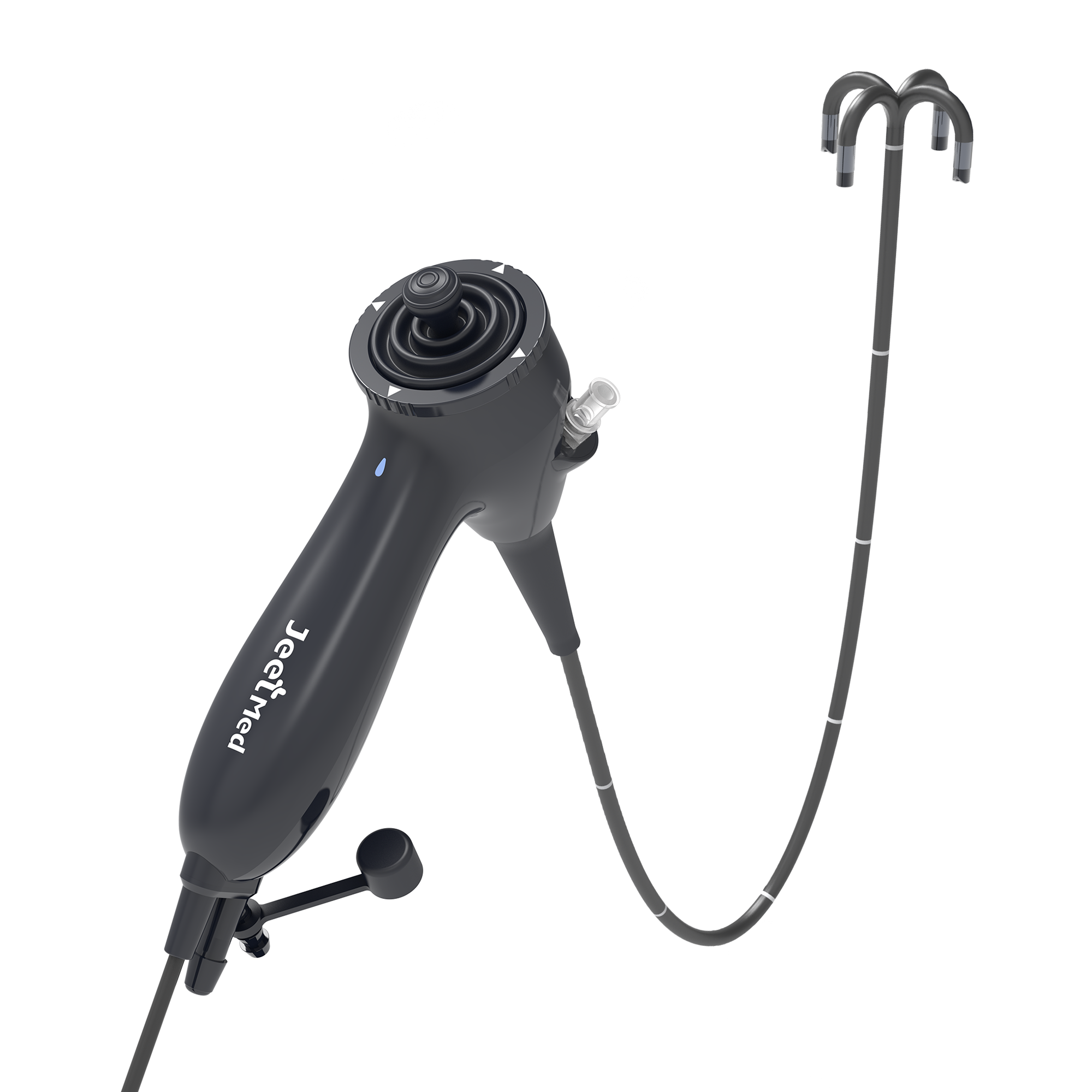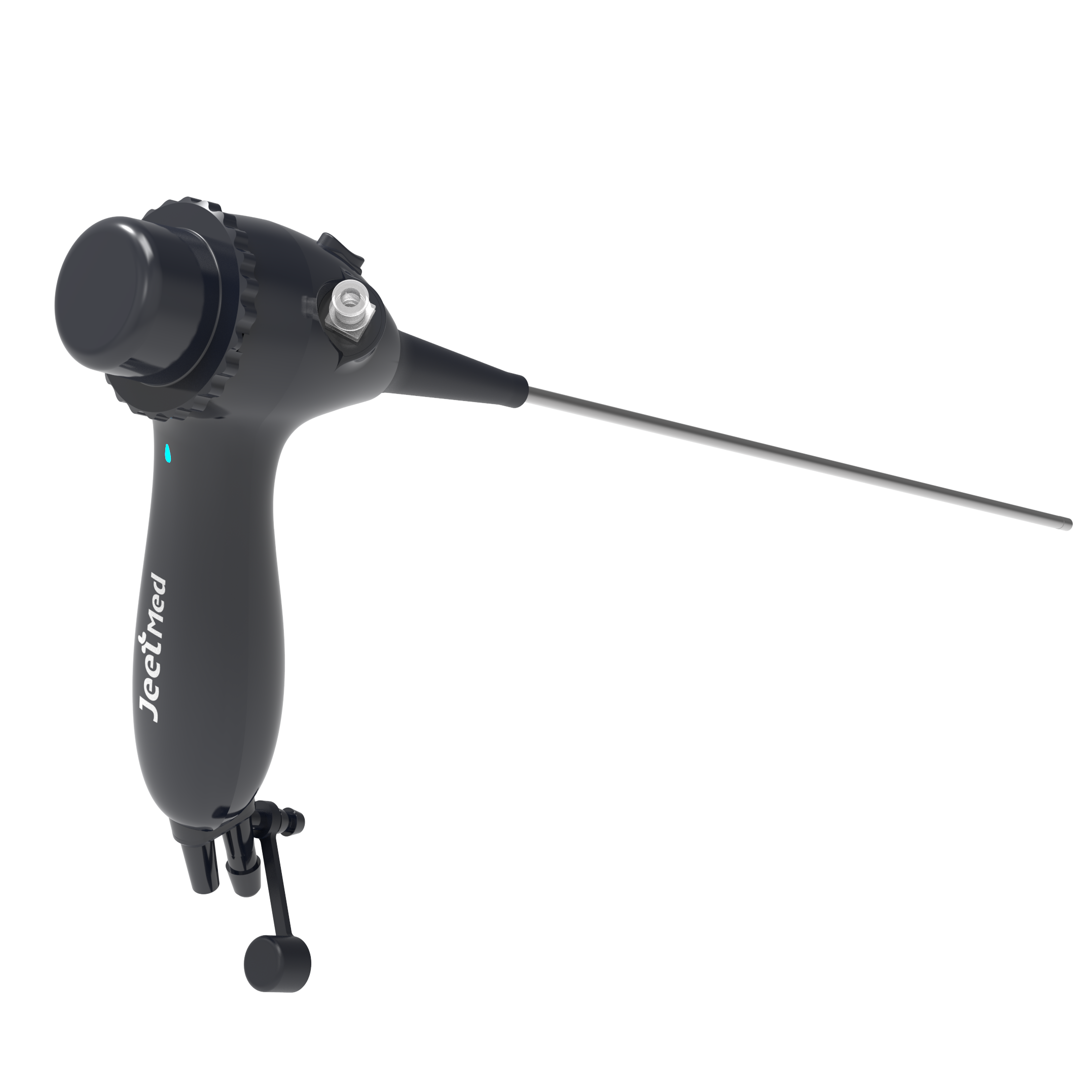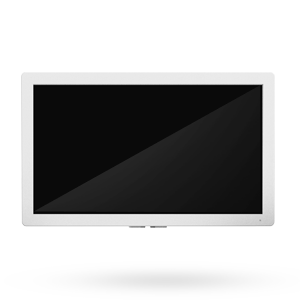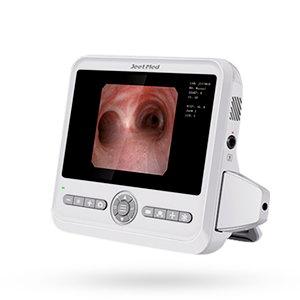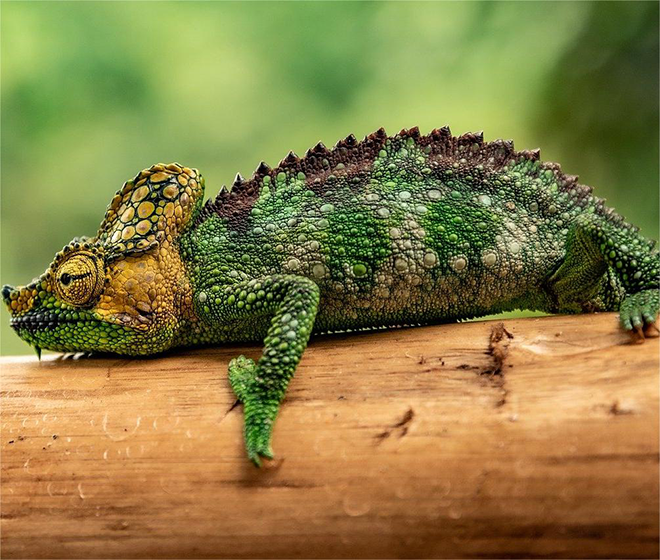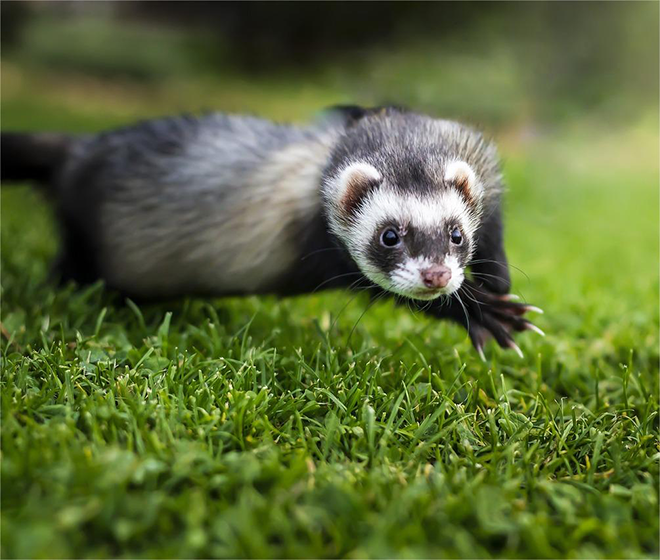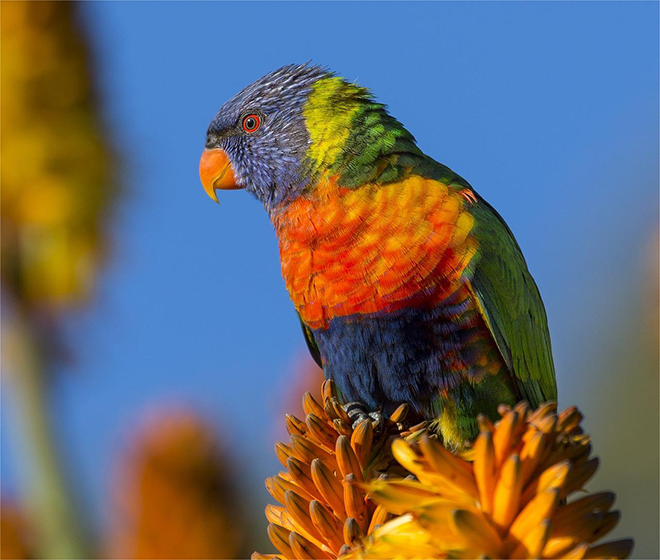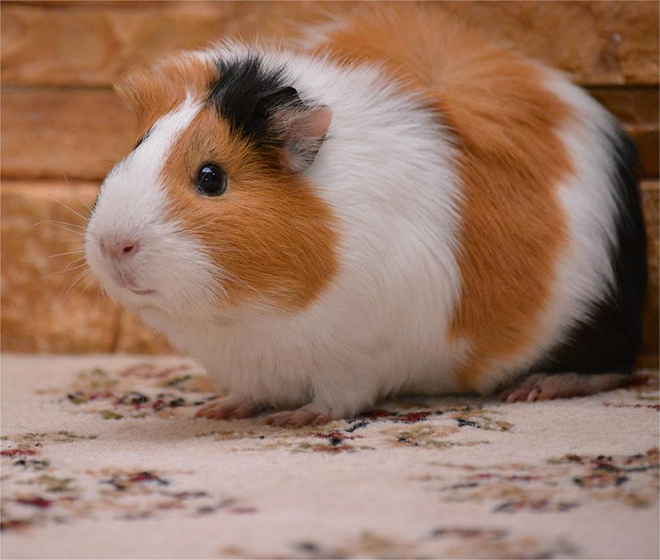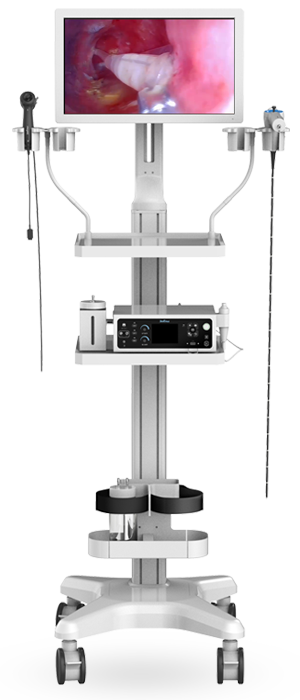As a leading manufacturer of veterinary endoscopes, JeetVet provides specialized endoscopes designed for the health management of birds and exotic animals. Whether it’s rare birds, poultry, or exotic reptiles and mammals, our endoscope delivers high-definition internal imaging, enabling veterinarians to accurately diagnose conditions in the respiratory, digestive, and reproductive systems.
Endoscopy, a minimally invasive technique, allows for direct visualization and intervention within the body cavities of avian and exotic animals. During the endoscopy, the veterinarian inserts the tube either through the mouth or via a small incision, enabling the visualization of organs and tissues on a screen.
The application and value of endoscope in avian and exotic animals have significantly advanced veterinary medicine, providing essential diagnostic and therapeutic capabilities.


